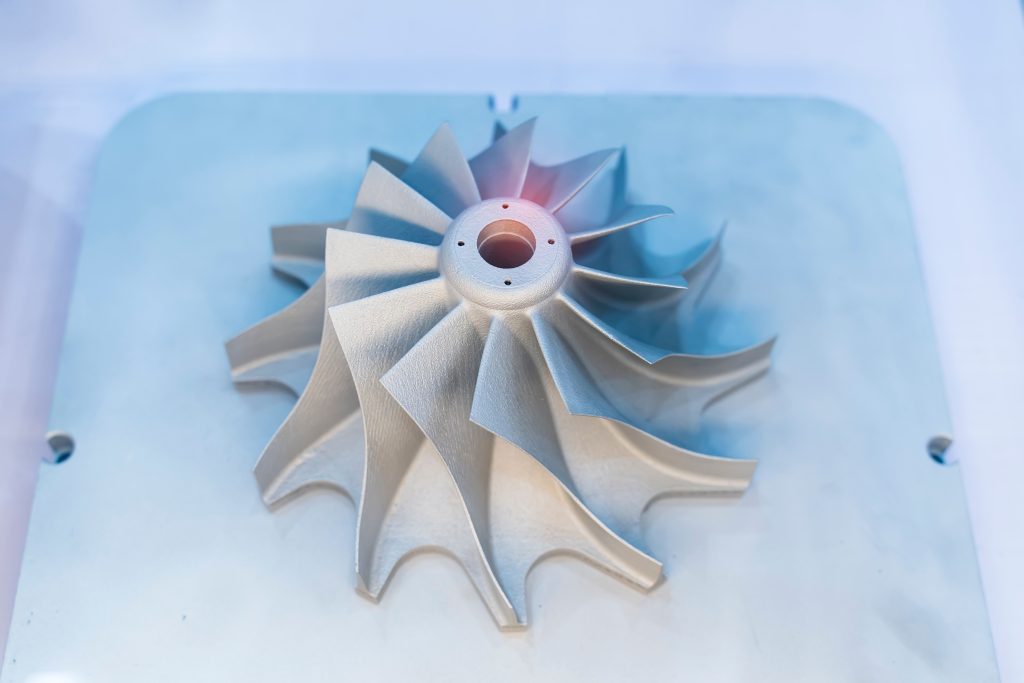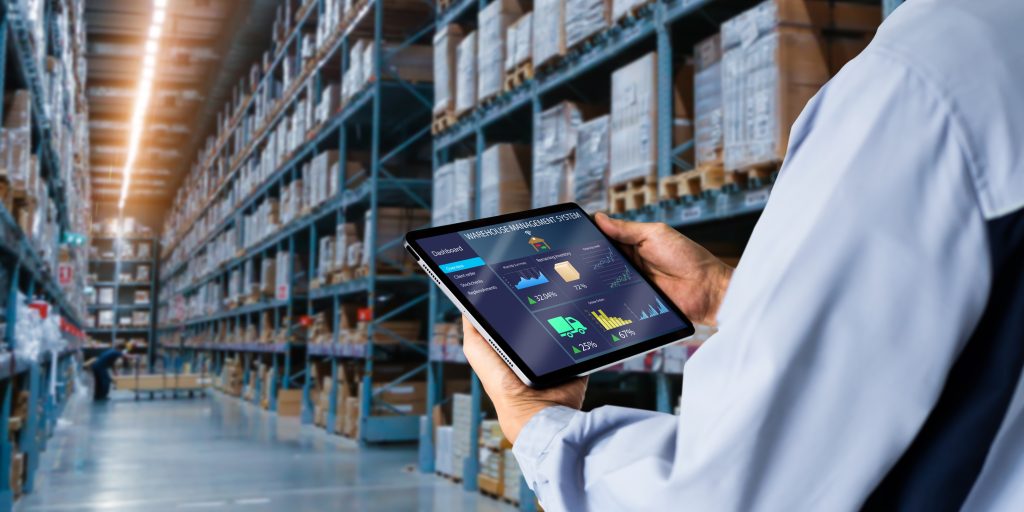We’ve talked extensively about the many benefits of additive manufacturing over traditional manufacturing. We’ve also talked about how understanding the differences in 3D printing equipment, colors, and finishes is crucial when starting any 3D printed project, as the vast options can fully transform a finished product’s appearance, durability, and functionality. Well, the same can be said for the printing material — including metal 3D printing.
Metal 3D printing, also known as metal additive manufacturing, is quickly gaining traction and becoming the top material of choice for many industries. In fact, the global metal 3D printing market was valued at $2,986.25 million USD in 2024 and is set to reach $19,689.69 million USD by 2031.
With a scope that large, we have to ask: why metal?
Super Strength
Right off the bat, a main selling point of using metal as a printing material is that it is incredibly durable. Whether it’s stainless steel, titanium, or aluminum, its durable mechanical properties are unmatched by the plastic and polymer materials that are normally used in 3D printing. Not lacking in structural integrity, these metals have a much higher yield strength, are fatigue- and temperature-resistant, and, depending on the type of metal, can have a better weight-to-strength ratio, making them ideal candidates for aerospace and automotive projects.
These factors make metal an excellent material for prototypes and functional parts, and because they are more durable, finished products need less frequent replacement, saving both time and resources.
Ability to Craft Complex Geometries
With additive manufacturing comes a world of one-of-a-kind customizations and personalizations. By using metal, that world opens up even more. Metal 3D printing paves the way for creating complex geometries that normally wouldn’t be supported by traditional manufacturing methods.

When printing with more fragile materials, such as plastics and polymers, it’s much harder to create intricate designs, like, for example, hollow structures. Since metal 3D printing is an additive process, products are built layer by layer. So, by having the creative freedom to design intricate and complex geometries, production can be done in a single step, eliminating the need for assembly. By removing that need, engineers can reduce the number of parts needed and simplify the production process, cutting down on costs and effort.
This kind of creative freedom allows engineers to optimize their parts for performance, weight reduction, functionality, and other needs. By stripping away the restraints set by traditional manufacturing, creators can forgo their more conventional techniques and push the boundaries like never before.
Shorter Lead Times
Traditional manufacturing often involves multiple steps, including casting, machining, assembly, and so on, with each step adding more time to the production cycle. Like we mentioned earlier, metal 3D printing streamlines the production process by consolidating these steps into a single, automated, layer-by-layer process.
These factors not only greatly reduce the number of manufacturing stages but also significantly cut down on production time, lower labor costs, minimize waste and material excess, and make way for more on-demand production. The ability to produce parts on-demand also eliminates the need to have a warehouse (or warehouses) chock full of inventory, ultimately lowering the risk of overproduction.

Reduced Waste and Environmentally Friendly
In traditional manufacturing, the cutting, drilling, and shaping of materials creates a substantial amount of waste and excess materials. As if the waste alone wasn’t enough, it’s also not often recycled or reused. To make matters worse, large-scale productions require significant energy and natural resources. For example, traditional manufacturing roughly consumes about 18.2 billion gallons of water daily—yes, daily. On the other hand, metal additive manufacturing only uses the energy and materials needed to complete the project, significantly cutting down on waste and energy.
It is also important to mention that producing and disposing of plastic materials, especially in the manufacturing industry, results in incredibly harmful emissions, such as greenhouse gasses and other toxic substances. Metal 3D printing, especially when using recycled materials, often tends to produce less waste, meaning fewer harmful emissions over the product’s entire lifecycle.
Conclusion
With metal 3D printing, the benefits are undeniable. Its strength, design flexibility, and versatility truly set it apart from other materials. It has strong mechanical properties, reduces material waste, can create complex geometries and on-demand manufacturing, and provides shorter lead times. To put it simply: metal 3D printing is far more efficient than other materials. By leveraging these features, metal 3D printing is set to play an increasingly vital role in the additive manufacturing industry.
